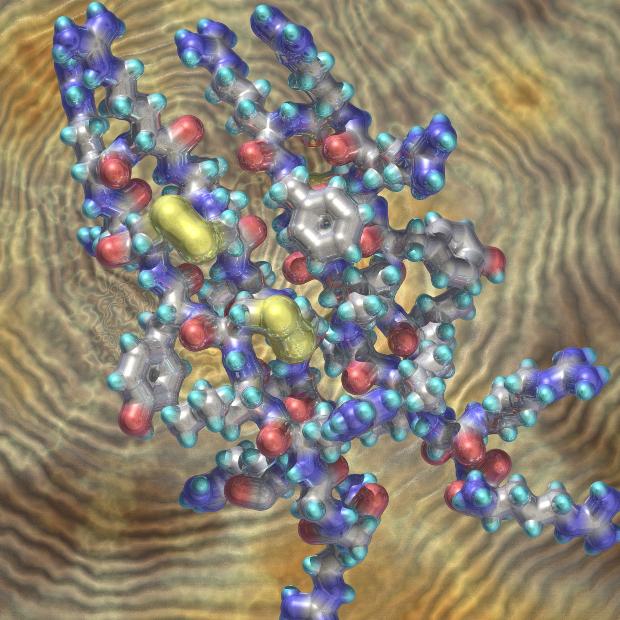 Loading... Please wait...
Loading... Please wait...Save Money. Grow Your Own!
Fast Plain Box Shipping.
We ship to the US & Canada.
Grow Your Own!
What are Trace Elements of Plant Biology?
Posted on 10th Aug 2014
What are Trace Elements of Plant Biology?
Some of the best growers who want to bring a varied approach to their hydroponics growing projects take the time to learn quite a bit about their plants and what makes them tick. One interesting approach is to understand the chemical composition of plants in order to take a closer look at nutrients and other parts of the hydroponic equation.

Trace Chemical Elements of Plants
Trace chemical elements of plants are elements that are not abundant in plants, or elements that don’t make up the majority of a plant’s chemical composition. Trace elements in plants can include:
- calcium
- magnesium
- chlorine
- nitrogen
- phosphorous
- iron
- copper
- manganese
Some of these, like nitrogen, reflect the essentials that are needed to grow the plants. Others may seem a bit more obscure, but still play a role in the plants chemical makeup.
Major Chemical Components of Plants
Other elements that play a more crucial role in plant biology include carbon, hydrogen, and oxygen. These basic building blocks, which show up early in the periodic table of elements, are responsible for a great part of the plant’s essential biology. By contrast, trace chemical elements are found only in small amounts.
A closer look at a plant’s chemical makeup can tell you a lot about how plants grow, using photosynthesis and other processes to mature and generate produce. These kinds of scientific approaches can help growers to be more knowledgeable about their plants and what they need to thrive.
For more about hydroponics and what plants need to grow, check out your hydroponic retailer’s site and look at all of the newest innovations for helping growers to provide plants with everything they need for excellent grow cycles.
